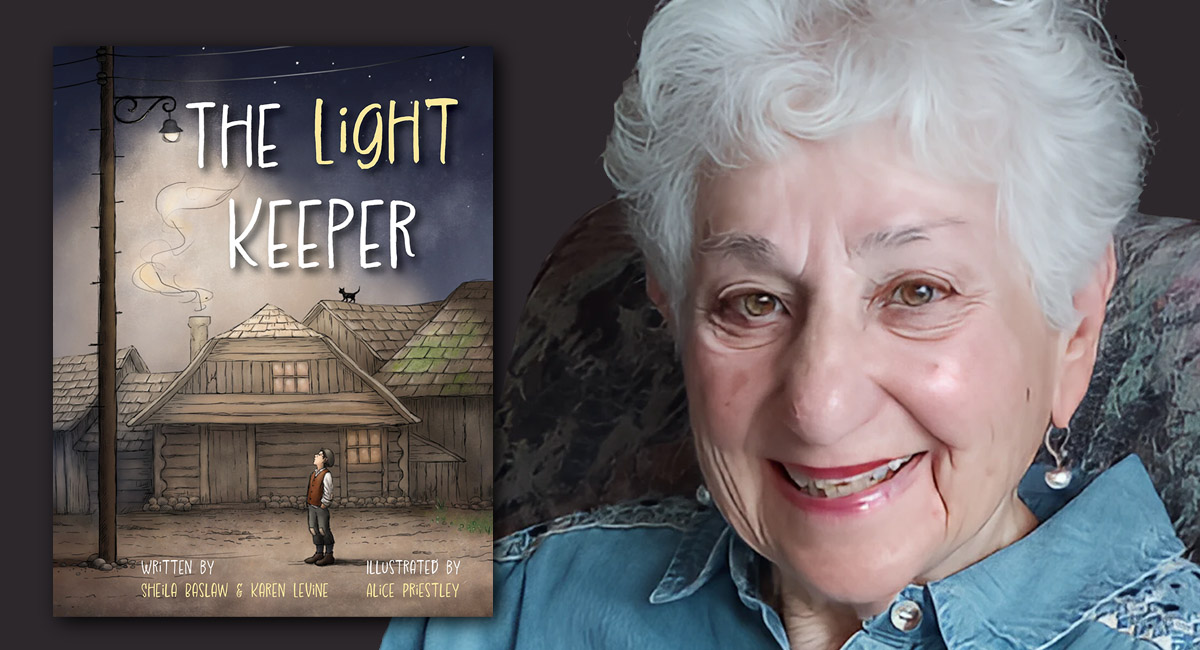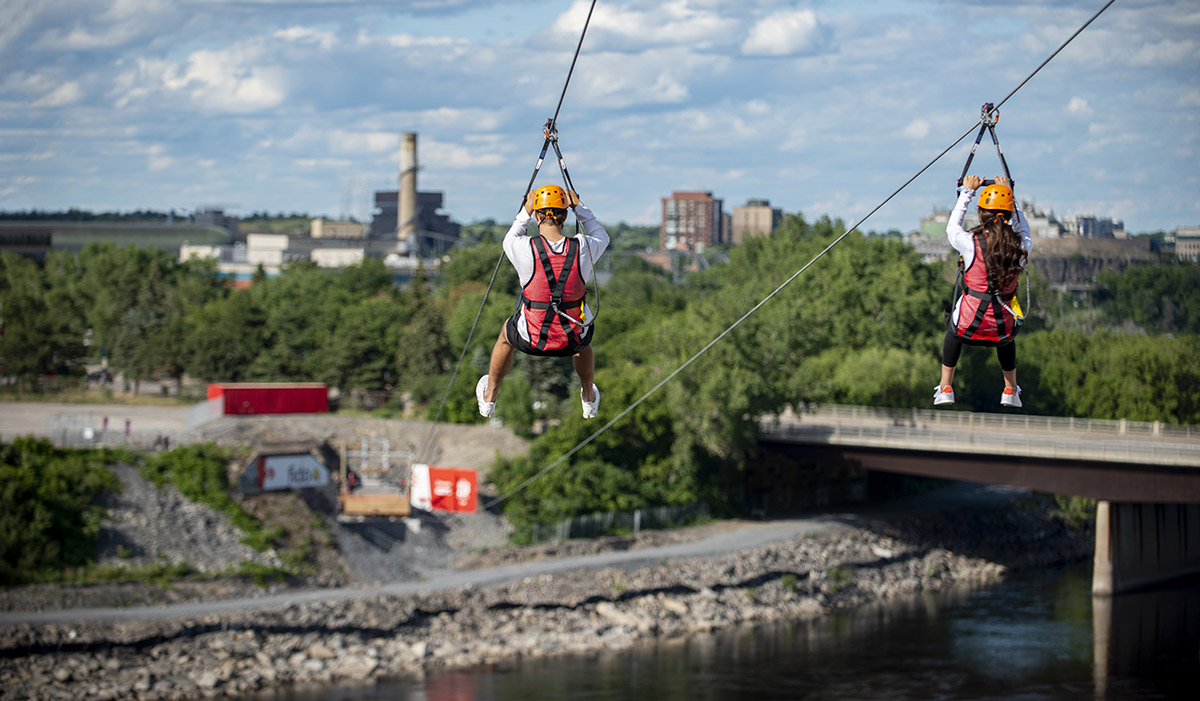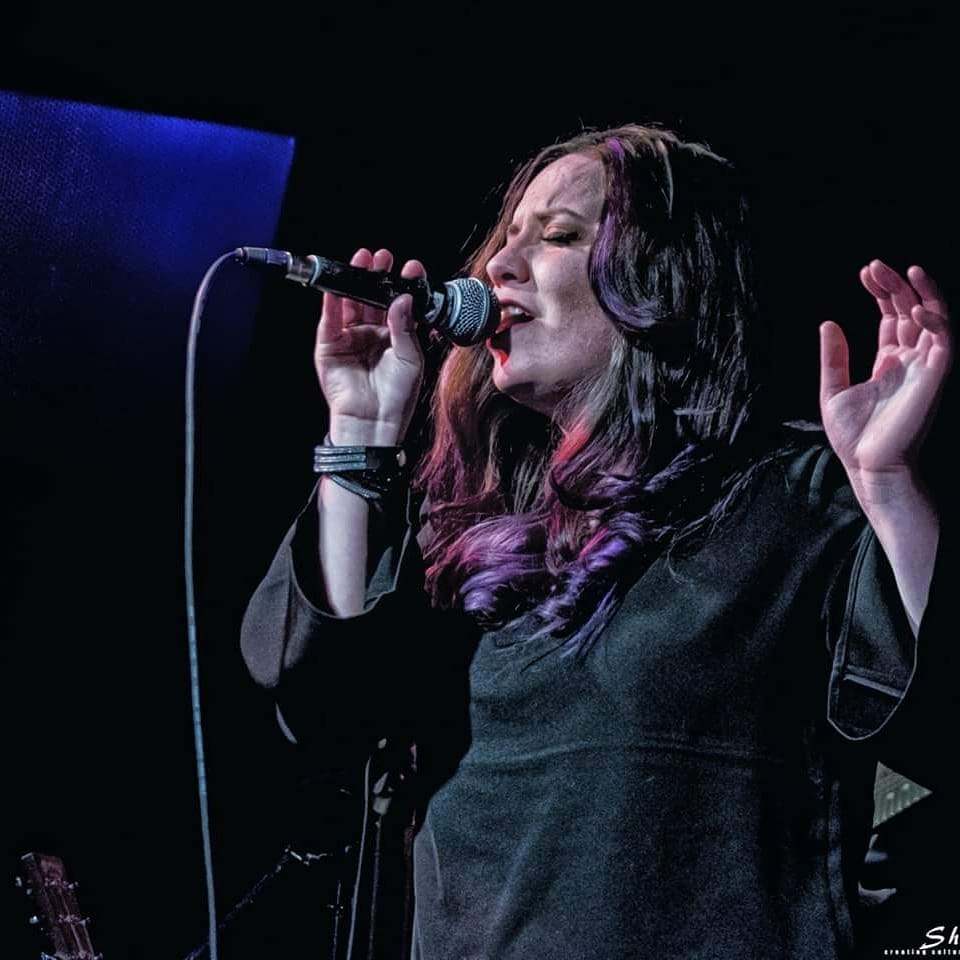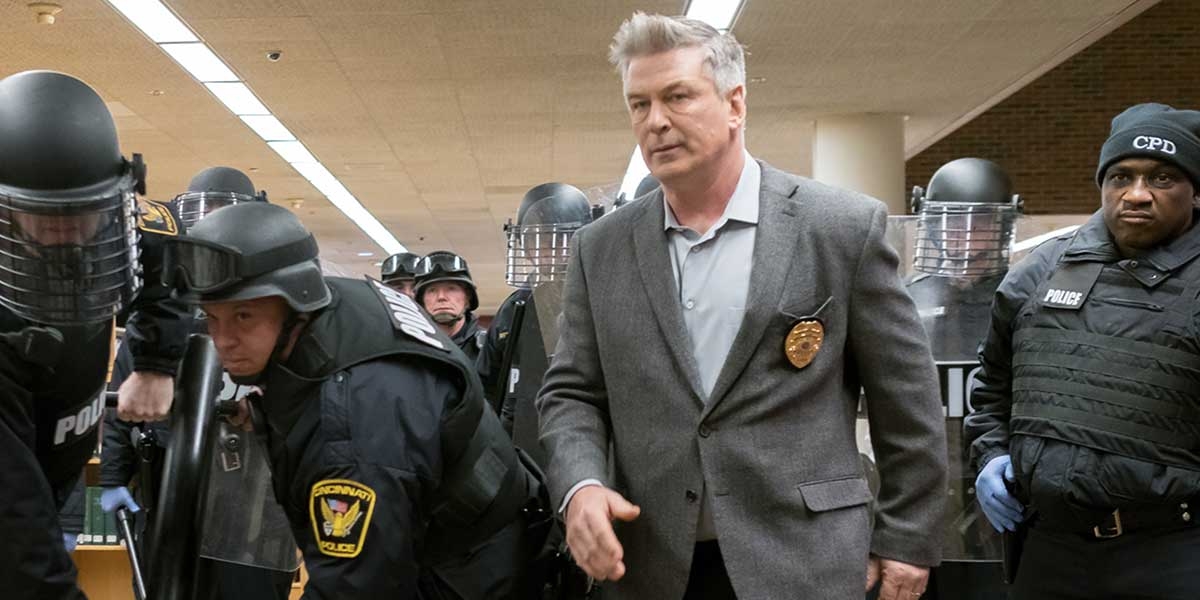
For Sheila Baslaw, Author of ‘The Light Keeper’, Family Stories Provide a Cultural Haven of Comfort
At 92 years old, Ottawa resident Sheila Baslaw has debuted as a published author, co-authoring a children’s book titled The Light Keeper. Baslaw’s storytelling draws from a rich wellspring of life experience, including her 35-year-long career in social work and her father’s tales of life as a Jewish child in early 1900s Russia.
The Light Keeper follows ten-year-old Shmuel Saslovsky and his poverty-stricken family as they deal with the hardships of life in an early-twentieth-century shtetl: a small Jewish community in Eastern Europe.
Young Shmuel becomes fascinated with an electric light that is installed high on a post in the shtetl square and soon becomes the person in town with the best understanding of electricity. When a storm damages the light, the mayor recruits Shmuel to fix it, and he must overcome his fear of heights to become his shtetl’s light keeper.
Ottawa Life Magazine recently had the opportunity to meet with Sheila Baslaw and discuss The Light Keeper, which was just added to Indigo Books’ official Heather’s Picks list.
Ottawa Life Magazine: The Light Keeper just became one of Indigo’s Heather’s Pick titles. What was it like to find out about that?
Sheila Baslaw: Well . . . surprising, just wonderful though not unbelievable, given that my co-author is Karen Levine, the acclaimed author of Hana’s Suitcase, a work that has been translated into 40 languages. You know, it is on the front table at Indigo. More people will see it, and more people will be aware of it.
OLM: What made you decide to write a book for children?
SB: When I had children and then grandchildren, I wanted to pass on the stories of my parents. The three things that we pass on are our memories, hopefully, good ones, and photos, if we have them, but to make the people real, we need their stories. So, I started to write the stories . . . I really want to hand down these stories.
The other thing is that for children in the early 1900s, there was no such thing as adolescence. You were a child, and then you were an adult. You could be an adult at eight years old because you had responsibilities within the family. When I looked at children’s literature, there was nothing about this from a child’s point of view. There were religious books, there were cultural books, there were all kinds of books, but not from a child’s point of view. So, I tried. That was my idea.
OLM: You’ve mentioned that The Light Keeper is based on your father’s life experience. Can you tell us more about your father’s story?
SB: My father was born in a small shtetl village called Porilla near Kyiv, which was then part of Russia. These villages had a predominantly Jewish population, maybe more than 50 percent. My father had five sisters, all older than him, and a brother who came along when he was 13, so the brother doesn’t appear in the story.
My father was very determined to help at home. My grandfather (his father) lost his job, and the family was very poor. It was just subsistence: living from meal to meal. My father, at that time, was ten years old, and he was trying to help the family. When electric lights came to the village, he was so excited. He had that kind of a mechanical mind—he was interested in how things worked. It wasn’t so unusual for him as a 10-year-old to be the one to change the light bulbs. He was fascinated when they came to the town. He just lapped it up and watched them. He was so happy and thrilled when they asked him to be the one to change the light bulbs when they burned out.
OLM: I’m glad that you mentioned shtetls because I have a feeling that many of our readers haven’t heard of them before. Can you tell us about them and their significance to Jewish history?
SB: A shtetl was a Jewish village. To be declared a shtetl, it had to have a synagogue, you had to have a bathing house, which is called the mikvah, and you had to have a cemetery. You also had to have a school where kids learned Hebrew and the Torah. That was what determined a village as a shtetl.
OLM: What do you hope that children can learn from The Light Keeper?
SB: First of all, that light is hope. Secondly, ask your parents and grandparents questions, and even if they brush it off, keep asking, because it’s so important to have not just their pictures, but also their stories. Thirdly, I would say never give up. I’m 92, so I haven’t given up! I started writing these stories many moons ago. It took a long time. Also, Shmuel doesn’t give up, right? He’s determined to make some money for his family.
OLM: How did your long career in social work influence the way you wrote The Light Keeper?
SB: When you’re a social worker, you ask a lot of questions. You’re very conscious of body language. You’re conscious of people’s pain and people’s joy. Those are things that I look at without even knowing it. My sons are always saying to me, “Mom, stop being a social worker!” if I ask too many questions. It influenced my writing without me even knowing it.
OLM: If you were to write another book, what would you write about next?
SB: I have written other stories. I have three that I’m working on right now. One is missing the middle, one is missing the beginning, and one is missing the end. One story is about oranges—oranges were such a luxury. Only Catherine the Great had oranges; she brought them to Russia. They were very rare. People had oranges in their Christmas stockings because they were so rare. I also am writing a story about a samovar, which is a big, wonderful tea decanter that sits out on the table in Russian families. This was a treasured heirloom. I also want to write about my mother, who had a different experience than my father. I’ve got a lot of writing ahead of me!
OLM: It sounds like you place a lot of value on knowing your family history. Why do you think it’s important that people know their family’s story?
SB: For children, it places you somewhere and gives you a cultural home where you’re comfortable. You know that you belong somewhere—you’re attached, you’re connected, and it gives you ideas for your own thinking and your own being. It tells you how you will go forward in the world. These are all possibilities that enrich children’s lives. You don’t feel alone. You’re connected.
My husband was an artist, and so everybody in my family thinks they’re an artist. They think they have that natural talent—this is the other thing. Somebody might look at Shmuel’s life and think, maybe I could do something like that—be a mechanical engineer or something like that. I think it’s very encouraging. It enriches children’s lives and their family life.
OLM: How do you occupy your time when you’re not working on writing?
SB: I’m in a book club and poetry group. I belong to the Scribbling Sisters (writers’ group), and we write together. I’m very lucky that I have a lot of people that I walk with, especially during COVID when I did not want to be indoors. I try to walk with somebody a couple of times a week.
The other thing I just want to mention is that Jewish people, like many people, are storytellers. You know, the Bible is full of stories. It’s not so unusual for me to be a writer. Some people tend more to want to write.
OLM: That’s really beautiful. So, do you feel as though it’s one of the crafts of your people? Perhaps one of many?
SB: I think so, yes. One of many.
OLM: Thanks for chatting, Sheila. The Light Keeper is a huge accomplishment.
If you have a child in your life who you want to learn about bravery, history, and life in an early twentieth-century Jewish shtetl, make sure to get Sheila Baslaw’s The Light Keeper into their hands. With its gentle illustrations and beautiful story, this book would make a great gift for children ages six through nine.
The Light Keeper by Sheila Baslaw and Karen Levine, with illustrations by Alice Priestley is available on Amazon, or on the front table at Indigo!
Publisher: Second Story Press
Shipping dimensions: 11″ H x 9″ W x 1″ L
ISBN: 9781772603880









